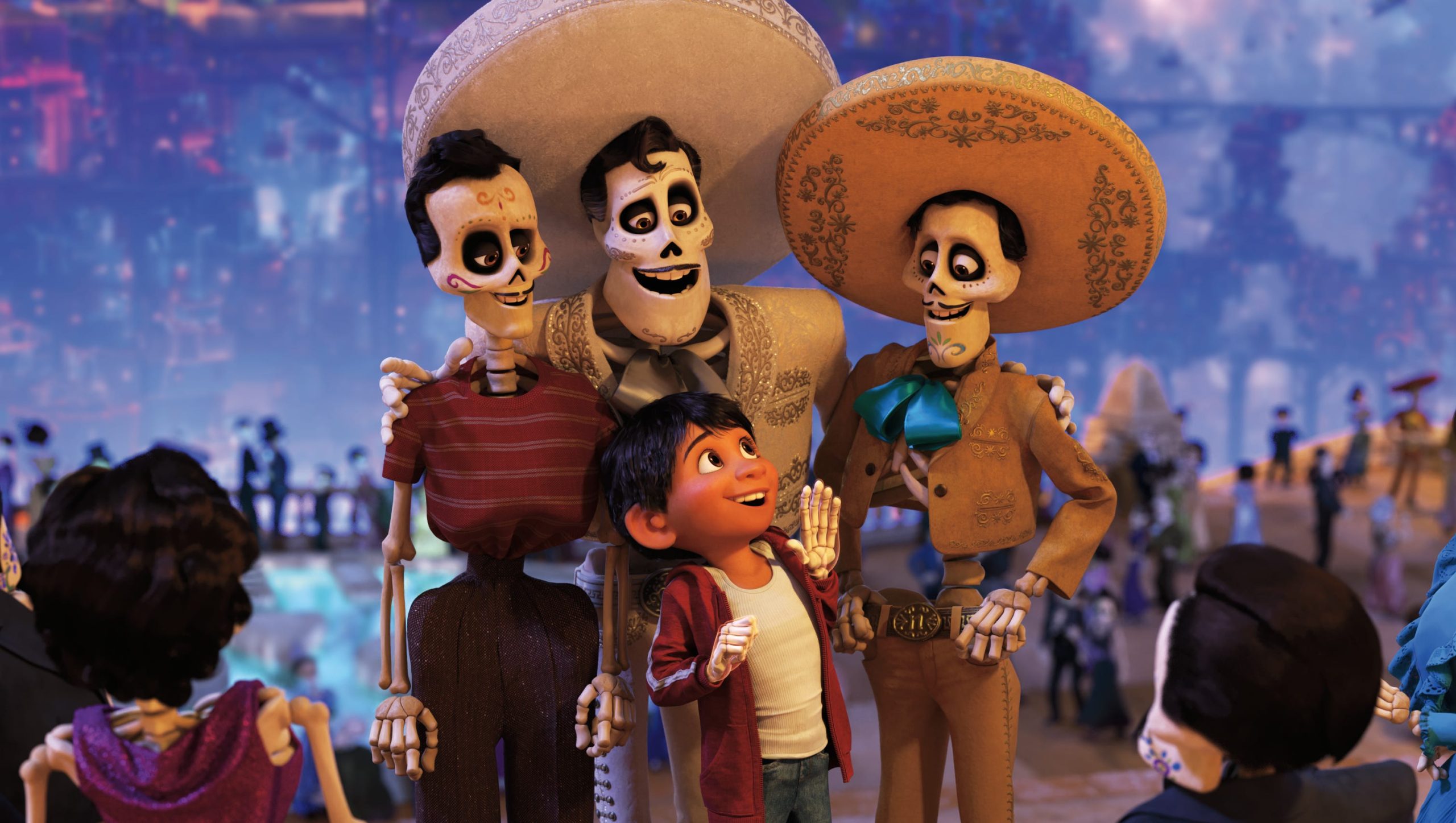Review: Coco and Book of Life
A reader with the chesslike yet faithful name of Pawn4King wrote a brief comparison or review in the comments, which I thought merited emphasis. I reprint it here as a guest post.
Note that, like all good reviewers, Pawn4King here shows compassion and insight toward the real people whom the fiction being reviewed reflect. His remarks illustrate the difference between an artist who uses a source material for some ulterior purpose, and an artist who loves his source material.
The words below are his.
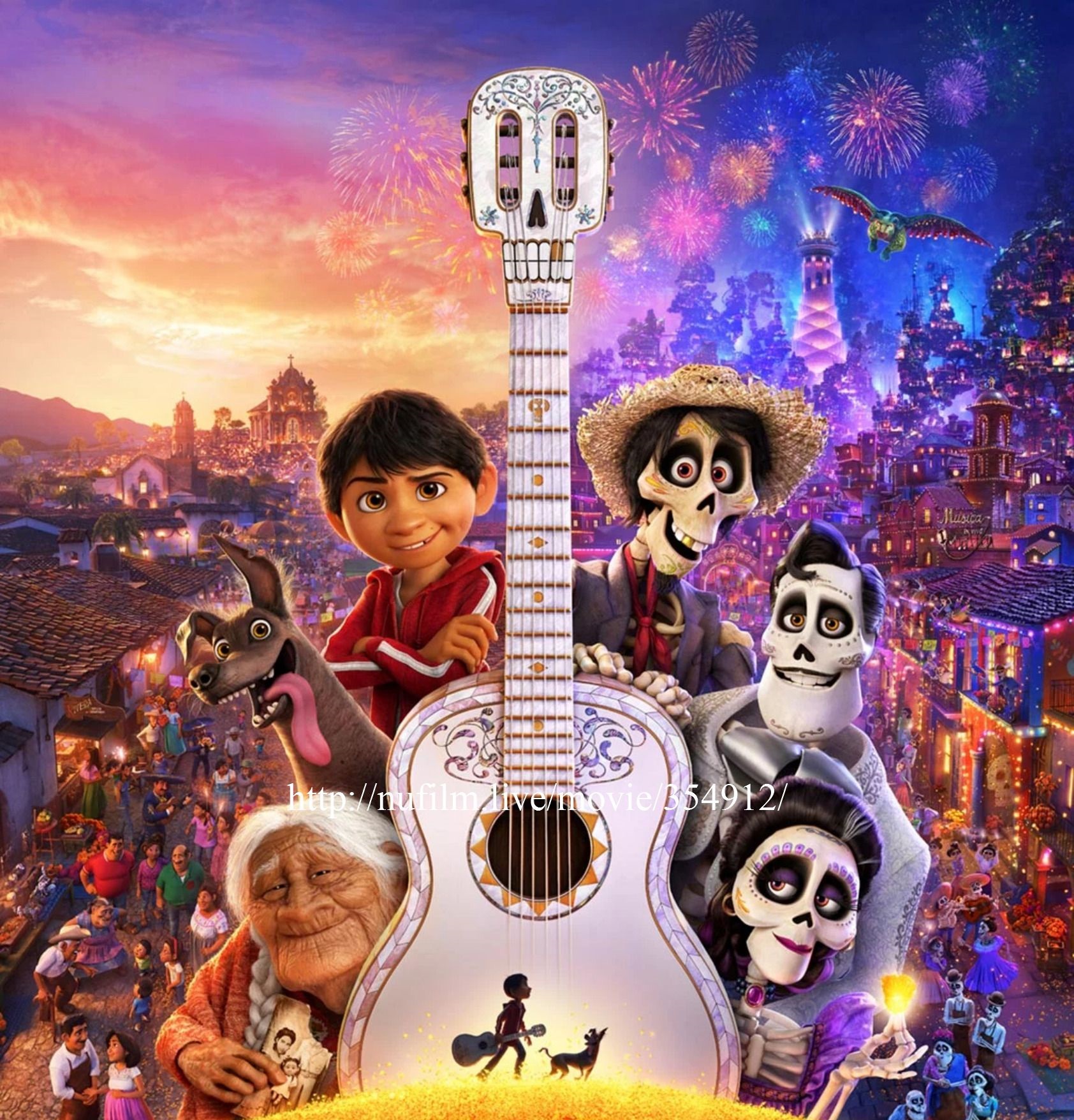
As a Mexican myself, some thoughts on COCO and comparisons with Book of Life:
On the surface COCO and Book of Life look similar: both are stories in a Mexican setting (culture, traditions) with a protagonist that feels a bit of a misfit among his kin and both films take a look at traditions of the afterlife and Día de Muertos (“Day of the Dead”).
But the resemblance between the two films is superficial: the atmosphere in Book of Life feels artificial, like displaying what a foreigner who knows very little would think Mexico looks like rather than the real thing. The deities also feel a bit off. In Mexico, La Catrina (roughly meaning “elegant woman” or “richly dressed woman”) is the representation of Death (just like in western tradition is represented as a black shrouded figure with a scythe). Xibalba is a place (not a god) of fright and torment and home of the mayan death gods.
COCO on the other hand feels completely … real. Yes, the realm of the dead is an invention of the film, but every single detail of the film speaks Mexico (like REAL Mexico). It’s just little details:
- The overbearing abuela (i.e. grandmother). She is the living reflection of millions of Mexican grandmothers. That scene where she offers tamales to the protagonist at the beginning of the film is perhaps 10% satire and 90% real.
- The stray dog, its breed and the advice of the family (“never name a stray dog or you’ll never get rid of it”).
- The punishing flying sandal (the “chancla voladora” that many Mexican children learn to fear).
- The shoe making business. That what real small family business in a Mexican town looks like, from the shop to the exterior. Also, the tradition of having almost no employees but have only family members working (it saves on wages). And sometimes you don’t have a choice: you HAVE to join the family business.
- The skeletal presenter/hostess at the singing competition. Yes, I am talking about the one who seems that during her lifetime was more …er… frontally endowed. Yes, Mexican television is full of such presenters. And they talk and move like that.
- The Alebrijes (the phosphorescent spirit animals) are also part of Mexican culture. In real life they are sculptures (not spirits) made of cardboard and painted with bright colors in eccentric shapes and all sizes. They were the creation of Mexican artist Pedro Linares. The tale goes that Linares had a nightmarish dream once, and in that dream fantastically shaped creatures with crazy colors appeared to him shouting “alebrijes! alebrijes!”. Hence, when he woke up from the nightmare (and fresh ideas for new sculptures) he named them Alebrijes.
- The sunshine spectacular from the film antagonist reflects also real events in Mexico. And the music is totally Mexican. Mariachi music contains a lot of shouts, that’s true, but also can be very tender and poetic. The ballad “Remember Me” is prime example of that. When the movie was translated into Spanish for Mexican theaters the transition was smooth and seamless.
- There is also the white sepulcher/crypt in the cemetery, the cempasúchil flower petals (i.e. the yellow petals), the LP old music disc cover, the selection of black and white movies for the antagonist, and… I could go on an on and on.

Book of Life is empty of all that. And yes, I know there were Mexicans involved in producing/making Book of Life.
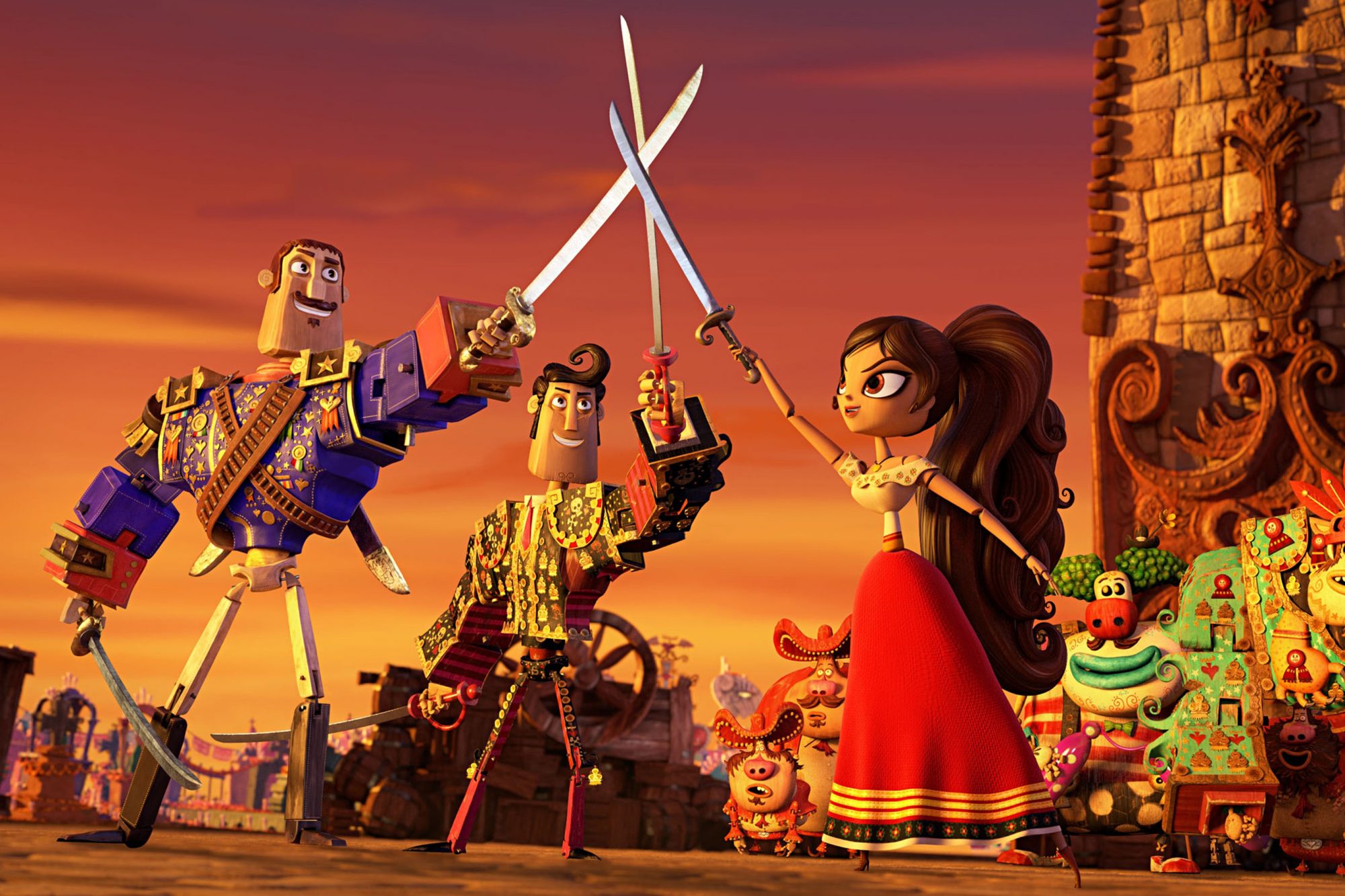
Concerning the “being remembered” thing, COCO and Book of Life have their differences:
- Book of Life embraces the “being remembered” to the point of toxicity as I had already mentioned in another post. Your future eternal pleasures or eternal sufferings are dependent alone on worldly fame, even if it was ill-gotten. A universe many Hollywood people would definitively wish it were real.
- COCO skillfully dodges that. The realm of the dead is a place both wicked and just go to and their permanence in it (survival?) depends on being remembered by the people who knew you in life or their direct descendants. So, worldly fame helps, yes, but family bonds and legacy can be more crucial at the end. Also, it can be deduced that the realm of the dead is not a place to remain eternally. You move on to the next stage, sooner or later. By tinkering in that way with the concept, COCO manages to suck out most of the poison from it. The message becomes cherish your family and kin, not just worldly fame (which is what the antagonist does).
Speaking of the antagonist, Pixar took a little risk there. The villain is a hybrid or mixture of two of the biggest movie legends in Mexican cinema ever: Pedro Infante and Jorge Negrete. Those two are very beloved among the Mexican population. By the making a look alike like de la Cruz a villain, Pixar took the risk of alienating Mexican audiences. So, they diffused the danger by adding a scene where de la Cruz greets both Infante and Negrete in a party setting (to emphasize he is not them). It worked.
One final comparison between Book of Life and COCO, and it concerns strong female characters: one done woke and one done right. I am talking of the characters Maria Posada (Book of Life) and Mamá Imelda (COCO).
In the Book of Life, character Maria Posada is the love interest of Joaquin and Manolo. To describe her, well, what better that to use material from a wiki that probably comes from the film makers themselves:
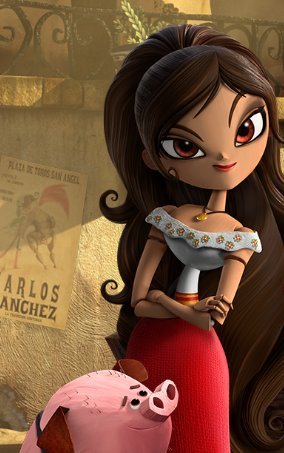
“Maria is a kind, adventurous, independent, brave, courageous, fearless, empowered, strong, strong-willed, free-willed, bold, daring and determined young woman who believes in freedom, free will, strength of choice and indomitable spirit. She is not a stereotypical princess and is by no means a helpless, defenseless or weak damsel in distress but rather a strong fighter who can do things on her own and without any help from anyone, and stands up for what’s right.”
“She is also a vegetarian”.
I think no further comment is necessary.
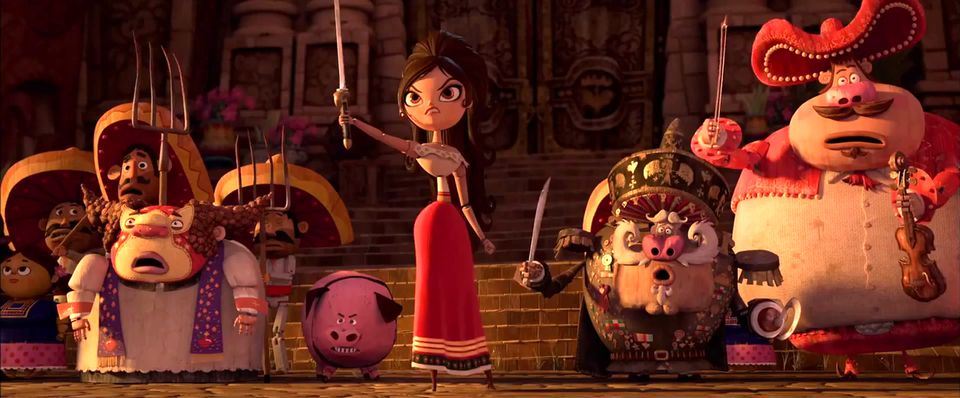
Now, with COCO, Mamá Imelda is the dead matriarch of the shoe making Rivera Family. She is deeply feared (and venerated) by the other family members. Her will is law and she brooks no dissent once her mind is made up. And you know what? She has earned every bit of her station. Through much suffering she has earned it.
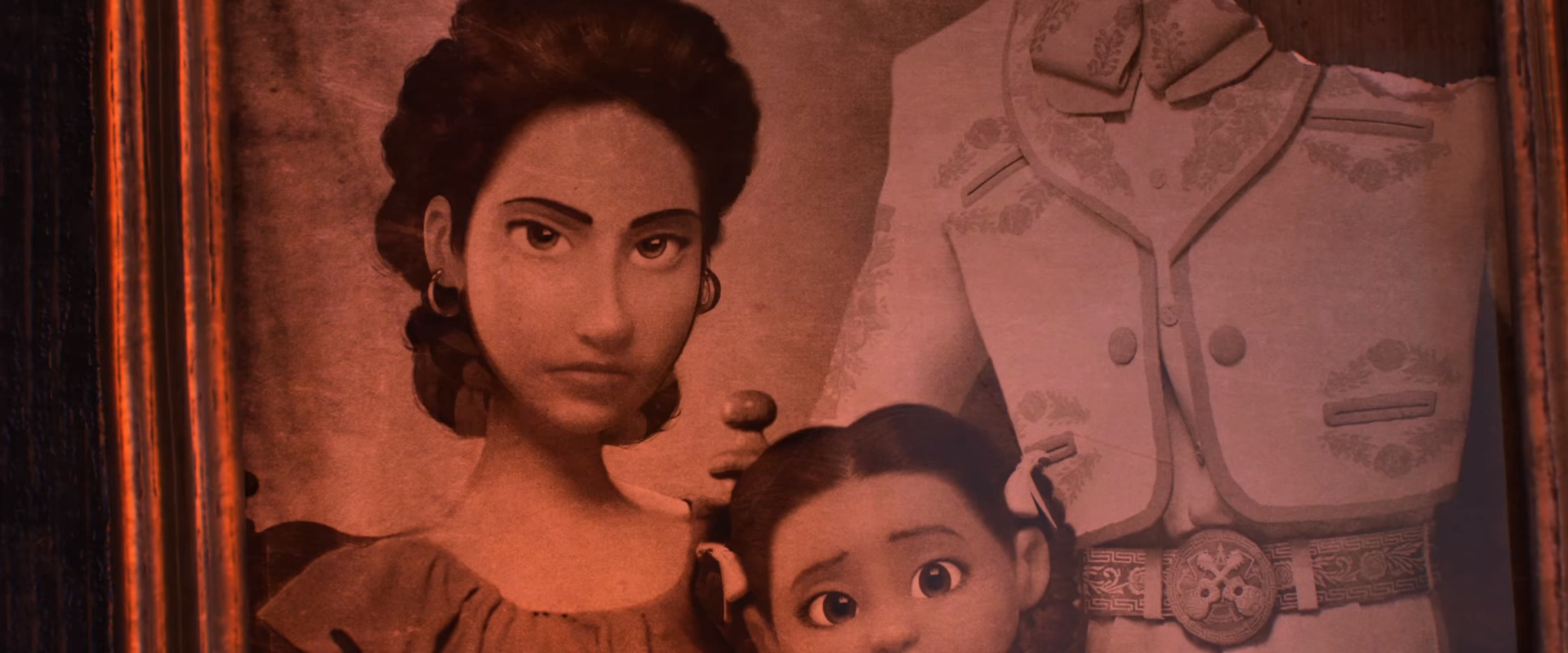
Mamá Imelda is no Mary Sue dressed in Mexican trappings. Her character reflects real Mexican women (few like her, but they exist): the matriarcas. They are women that lost their husbands at a very young age and have the scary choice in front of them to either sink or swim. Those that survive (and many do not) and thrive earn the respect of society in general and the veneration of their family. They also go through a transformation in character: they become more manly in demeanor, not in clothes but in subtle things due to the fact that they have to be both father and mother to their families. Mamá Imelda’s temper and imperious will are signs of that.

Imelda is no beauty, she is not athletic nor a sword fighter, and she was not born in riches. She is apparently abandoned by her husband and left with an infant daughter and we can only imagine the sufferings she has to endure and the obstacles she overcomes.
In Book of Life men need to adjust their ways to those of Maria Posada.
In COCO Mamá Imelda has to crack a little the shell of that furious will of hers, in order to feel mercy and pity. In the end, out of love and compassion, she changes a bit. You can sense the “father” in her melting a little. She becomes less the matriarca and more the woman, the mother who cares very much about the wellbeing of her great great grandson.
Book of Life is a bland, generic movie with a poisonous message below the sugary visuals.
COCO is a masterpiece that touches the heart and reminds of family, forgiveness and letting go of grudges.
And you can tell by watching COCO, that Pixar really did his homework on Mexico.
